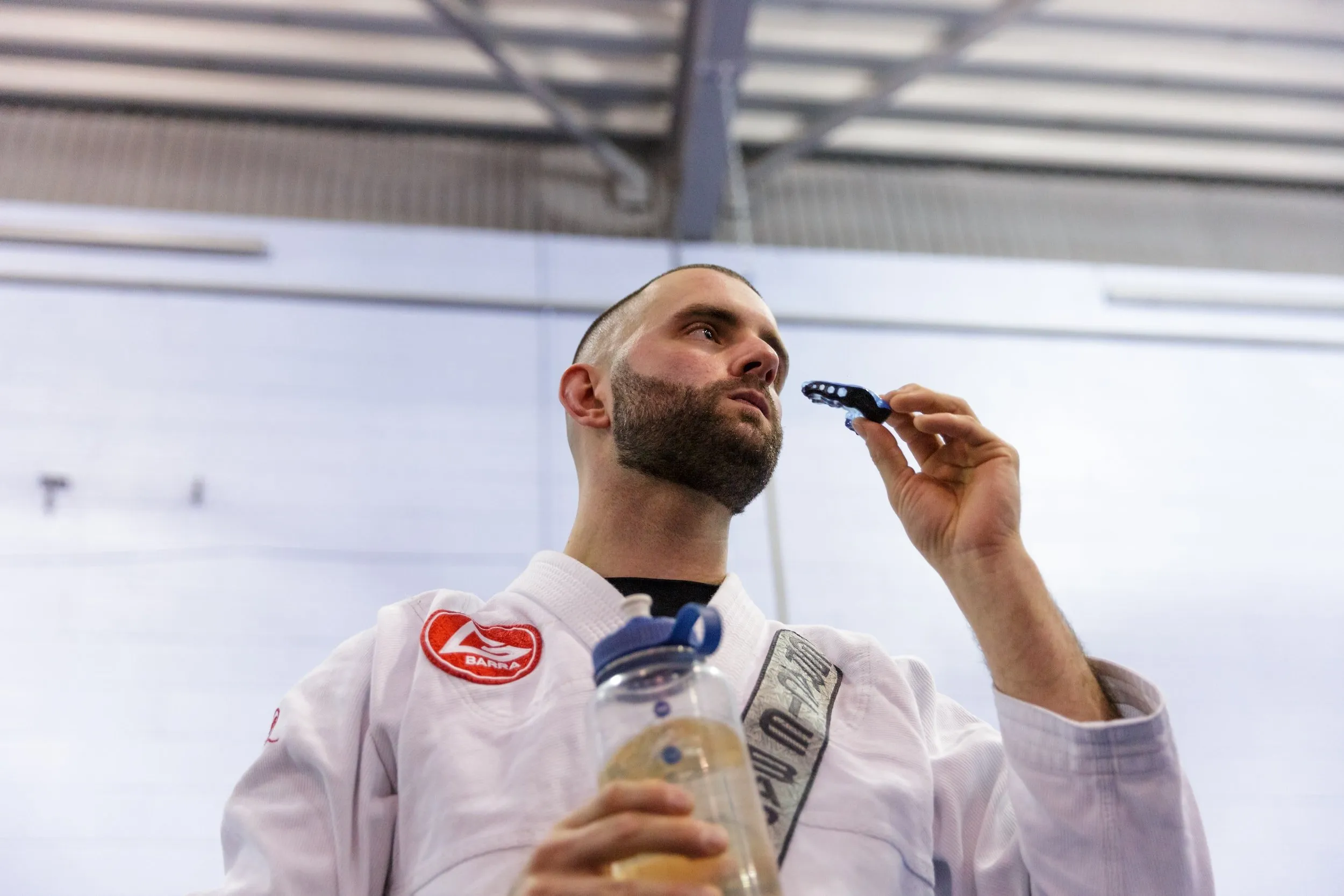🥋 The Power of Rest and Recovery in BJJ, Grappling, and Wrestling
Brazilian Jiu-Jitsu (BJJ), grappling, and wrestling are phenomenal ways to improve both physical and mental health. These sports enhance strength, agility, and resilience — but without proper rest and recovery, they can also lead to:
- 💥 Injuries
- 💤 Chronic fatigue
- 🧠 Mental burnout
In this article, we’ll dive into why rest and recovery are essential and explore effective techniques to keep you healthy and performing at your best.
🧠 The Importance of Rest and Recovery in Combat Sports
After intense physical effort, the body needs time to:
- 🔧 Repair muscles and tissues
- ⚡ Replenish energy stores
- 🧘♂️ Reduce stress and restore mental balance
Skipping recovery increases the risk of:
- ✅ Injuries
- ✅ Decreased performance
- ✅ Mental health challenges like fatigue and depression
“Rest isn’t a break from training — it’s a part of training.”
💡 Top 5 Recovery Techniques for BJJ, Grappling, and Wrestling
💤 1. Sleep: The Ultimate Recovery Tool
Sleep is the body’s primary mechanism for healing.
- 🦾 Deep sleep promotes muscle recovery and tissue regeneration
- 💥 Growth hormones are released during sleep, aiding recovery
Aim for:
- 7 to 9 hours of quality sleep per night
- Prioritizing deep sleep cycles for optimal muscle repair
🥗 2. Nutrition: Fueling the Recovery Process
Proper nutrition accelerates recovery and supports overall health.
- 🥩 Proteins → Repair muscle fibers
- 🍚 Carbohydrates → Replenish glycogen stores
- 🥑 Healthy fats → Combat inflammation
Pro tip:
- Eat a balanced post-training meal within 30–60 minutes of finishing
- Include electrolytes (like sodium, potassium, and magnesium) for better hydration
💧 3. Hydration: The Overlooked Key to Recovery
Even slight dehydration can slow down recovery and increase muscle soreness.
- 💦 Drink water regularly before, during, and after training
- 💡 Include electrolytes in long or intense sessions
Tip:
If you’re thirsty, you’re already slightly dehydrated — so stay ahead by sipping water throughout the day.
🧘♂️ 4. Stretching & Massage: Loosen and Recover
Improving blood flow is essential for flushing out toxins and delivering nutrients to sore muscles.
- ✅ Stretching → Increases flexibility and reduces stiffness
- ✅ Massage → Eases muscle tension and promotes relaxation
- ✅ Foam rolling → A self-massage technique that helps release muscle knots
When to use them:
- After training for active recovery
- On rest days to improve mobility
❄️ 5. Physical Therapy: Advanced Recovery Techniques
For those pushing their bodies hard — or dealing with recurring injuries — physical therapy offers specialized recovery tools:
- Cryotherapy 🧊 → Reduces inflammation and muscle soreness
- Compression therapy 🦵 → Enhances circulation and reduces swelling
- Ultrasound therapy 📡 → Accelerates tissue healing
These methods are commonly used by professional athletes to stay at peak performance.
🏆 Final Thoughts: Recovery Is Part of Training
If you want to train hard, train smart, and train for life, then recovery is non-negotiable.
- Strong recovery = Strong performance
- Consistent recovery = Fewer injuries
- Mindful recovery = Longer time on the mats
Professional athletes schedule recovery into their training routines — not as an afterthought, but as a priority.
✅ Remember:
“You don’t grow during training — you grow during recovery.”
💬 How Do You Recover?
Got your own recovery tips or questions?
Drop them in the comments below! 👊💥

